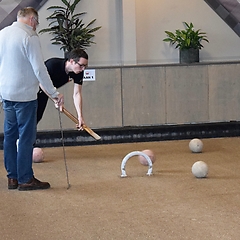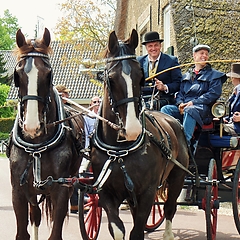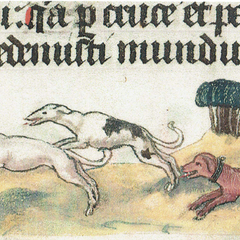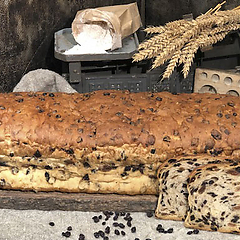Sesame Street is a program about a street full of friendly inhabitants consisting of dolls and people from different cultures who do not hurt a fly and have had the greatest fun together for decades.
Watching Sesame Street is a true celebration and shared sentiment for many children and young adults.
In addition, I see Sesame Street as one of the few programs that is still available for children and provides education and portrays multiculture in a friendly way. That is certainly an example for young audiences.
Incidentally, I attach a sentimental value to it because I myself have looked at it for years. That is why I have started a resistance to the removal of this program.
I hope that getting it on the intangible cultural heritage list will make it harder to remove the program. Or to change it in such a way that all multiculture is left out.
Many children who have watched over the years and their children and perhaps already grandchildren are those involved as well as the NPO (etc) and the actors.
Sesame Street is the Dutch version of the American children's program Sesame Street. Sesame Street has been broadcast by Dutch public broadcasting since January 4, 1976. On November 10, 1969, Sesame Street began in the United States, an educational program designed to help children in deprived areas playfully overcome their learning disadvantage.
In March 1970, Dolph Kohnstamm published an article in Vrij Nederland about the effects that Sesame Street could also have in the Netherlands. On June 11, 1972, an episode of the American version was broadcast in the Netherlands as a test, with commentary by Dick Bruna and Thijs Chanowski, among others. In 1974 a test episode was made by the VARA of the Dutch version, which was given the (working) title Sesamplein, with a real square as a backdrop. Sesamplein was eventually canceled because the NOS and the then BRT had decided to make the program together. The first regular Dutch-Flemish version of Sesame Street was broadcast on January 4, 1976. The trial episode was finally broadcast on January 3, 1996 on the occasion of the 20th anniversary of Sesame Street. A special birthday episode was also made that year. Sesame Street was a collaboration project of the NOS and former BRT for many years, because making the program for the NOS or the BRT alone was too expensive, partly due to the rights that had to be paid to Children's Television Workshop in New York. The BRT stopped the cooperation in 1983, when it started broadcasting Het Liegebeest. In 1984, for the first time, some far-reaching changes took place in the cast; Piet Hendriks, who had the role of "grandpa", left the series and was succeeded by Lex Goudsmit. Aart Staartjes also joined the series that year. In the first years he mainly played the role of sourpuss, but later his character changed. In October 2007, it was announced that Sesame Street would have two new residents in September 2008: Angsthaas and Stuntkip. There was room for more residents, because the duration of the program was extended from 15 to 25 minutes. It would take a year for Angsthaas and Stuntkip to actually be seen on tv, because it took time to develop the types. The pair was conceived by the Dutch writers of Sesame Street, but the dolls that are used come from Jim Henson's stable. Of all current actors, the Belgian Sien Diels is the only one who has been playing since the beginning. The character of the protagonists Pino and Ieniemienie has changed over the years. Initially they still behaved like real animals; in one of the first leaders, for example, Pino wakes up in a nest and Ieniemienie initially likes cheese and is afraid of cats. Later this completely disappeared and they started to behave purely as human children - but with an animal appearance -.



